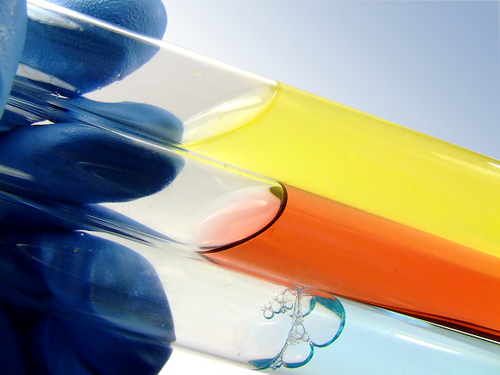Urine Chemical Analysis and Medical Uses: A Comprhensive Review
Urine is an aqueous solution of waste electrolytes and metabolites excreted by mammals, birds, reptiles, fish and amphibians. Although urine is excreted as a paste (uric acid) by most birds, it is commonly excreted as a fluid varying in color from clear, when dilute, to dark amber, when concentrated.
The whole 13 pages article is available for download here.
URINE CHEMICAL ANALYSIS AND MEDICAL USES: A COMPRHENSIVE REVIEW
Gupta P.1*, Singh R. 2, Dwivedi A. 3, Singh S. 3 and Patel R. 4
1, Institute of Pharmacy, B.U., Jhansi-U.P.-India
2, Faculty of Pharmacy, Integral University, Lucknow, U.P.-India
3, NRI Institute of Pharmaceutical Sciences, Bhopal, M.P.-India
4, Nanda College of Pharmacy, Erode, T.N.-India
ABSTRACT
Urine is an aqueous solution of waste electrolytes and metabolites excreted by mammals, birds, reptiles, fish and amphibians. Although urine is excreted as a paste (uric acid) by most birds, it is commonly excreted as a fluid varying in color from clear, when dilute, to dark amber, when concentrated. Urine is produced by the kidneys, and plays a vital role in maintaining homeostasis by removing excess water, electrolytes such as sodium, chloride, potassium, and calcium ions, urea and other metabolites from the blood. Urine excreted by healthy kidneys is sterile. The production of urine is called diuresis. Urine is liquid waste product of the body secreted by the kidneys by a process of filtration from blood and excreted through the urethra. This waste is eventually expelled from the body in a process known as urination. Most commonly the excretion of urine serves for flushing waste molecules collected from the blood by the kidneys, and for the homeostasis of the body fluids. The present paper reviews the chemical analysis and medical uses of urine.
* Corresponding Author
INTRODUCTION
The yellow color of urine was previously thought to come from gold. Alchemists spent much time trying to extract gold from urine, and this led to discoveries such as white phosphorus, which was discovered by the German alchemist Hennig Brand in 1669 when he was distilling fermented urine. In 1773 the French chemist Hilaire Rouelle discovered the organic compound urea by boiling urine dry.
There are also reports surfacing recently that urine contains small amounts of omreormus style monoatomic transition metals (such as ruthenium, osmium, iridium, rhodium, palladium, platinum, gold, silver, copper, cobalt and nickel). Some claim these are found in very small amounts in normal drinking water, vegetables, fruits, meat, and other foods. We consume these inadvertently anytime we eat or drink. These claims have not been confirmed yet, because of the difficult task of analyzing ORME style elements.
The whole 13 pages article is available for download here.

